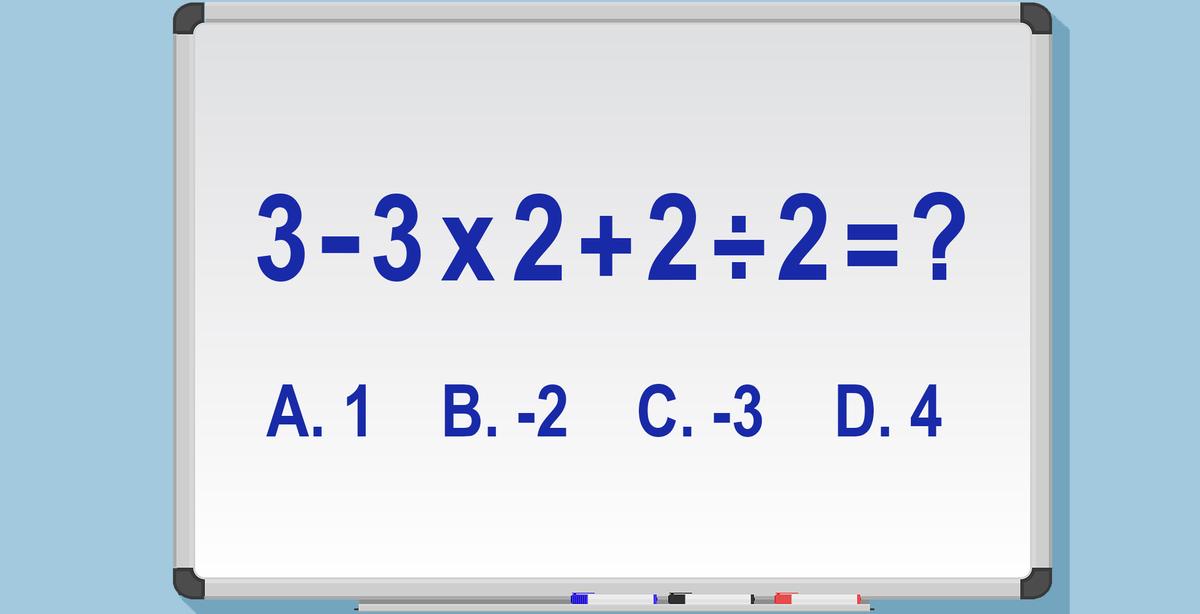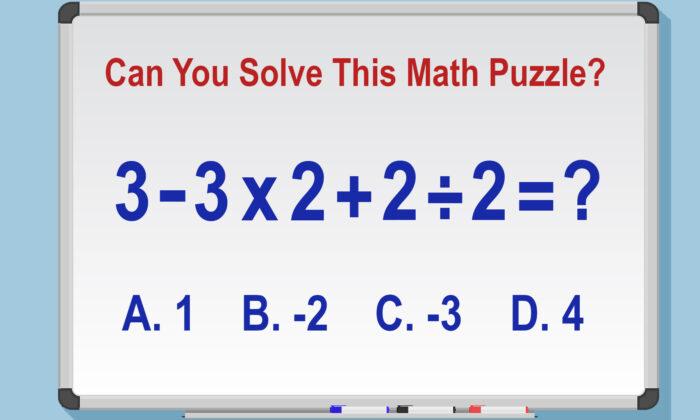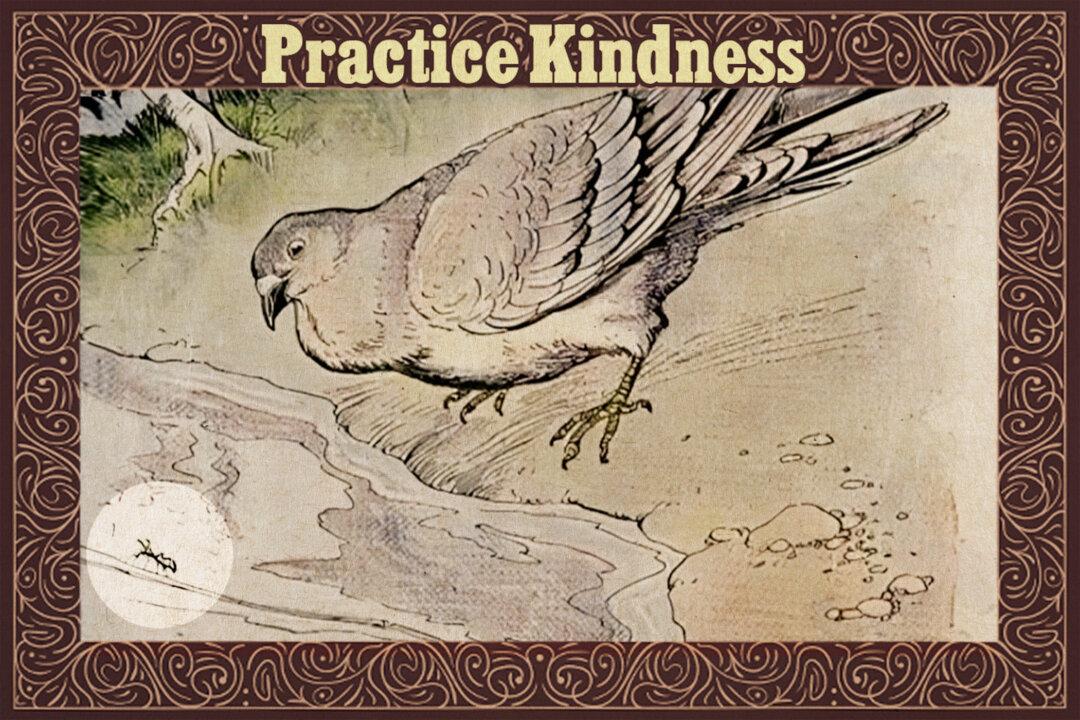As schools are closed due to lockdown measures designed to combat the virus, homeschooling is a new reality for many parents and their kids. No worries, we have a way to help keep your kids’ math skills sharp while they’re stuck at home.
Here is a puzzle that will give you a perfect chance to apply some of those math skills. For students in 7th or 8th grade, this would be a perfect test at their level, and for parents, this would be the time to test how much you have retained from those good old days!
And don’t get too confident, adults, as many grown folks tend to slip up on these sorts of math problems. To make it easier, this one is multiple choice. Can you solve it?

Take a moment or two to figure it out. And once you think you have the right answer, or if you’re completely stumped, scroll down below to see the correct answer.

For some students, these kinds of math problems might be fresh in the mind, so fresh, perhaps, that they might not yet have set into their memory. Surely there are a number of us older folks who are sharp enough to get the right answer, though some might have long forgotten how to solve such math problems! Which sort are you?
If you answered B, then you can proudly say that your math skills remain intact! At least at this skill level.
For those of us who got a different answer, we’ve taken the liberty of providing a brief math refresher that we hope you will find helpful.
Many arithmetic students these days learn a principle called the “order of operations,” and that is a standardized rule telling us what order to solve a problem. This rule was created so that everyone can solve the same question and get the same answer. If this order were different for everyone, then different people would get different answers to the same question, so this rule was necessary to keep everyone on the same page.

So, let’s take another look at the problem we dealt with here:
So, applying PEMDAS, as there are no parentheses or exponents in this problem, you can go straight to solving multiplication and division from left to right. That means you need to start with 3 × 2 and then solve 2 ÷ 2, which leaves us with:
Now, all that remains is subtraction and addition, which should be solved from left to right, allowing us to get the answer:
“Time and time again when the students worked a problem with both multiplication and division in it, they inevitably did the multiplications first and then the divisions, even if the problem required it to be done the other way. The same was true with addition and subtraction.”

This teacher thinks the best way to teach the concept is to use a different acronym that helps avoid the confusion: GEMA, which stands for: Grouping symbols, Exponential operations, Multiplicative operations, Additive operations. This method consolidates the interchangeable signs at each stage.
However you choose to remember this rule, it’s only as useful as you are able to keep your mind sharp and keep practicing, so we hope this little math refresher will have served its purpose!








Friends Read Free